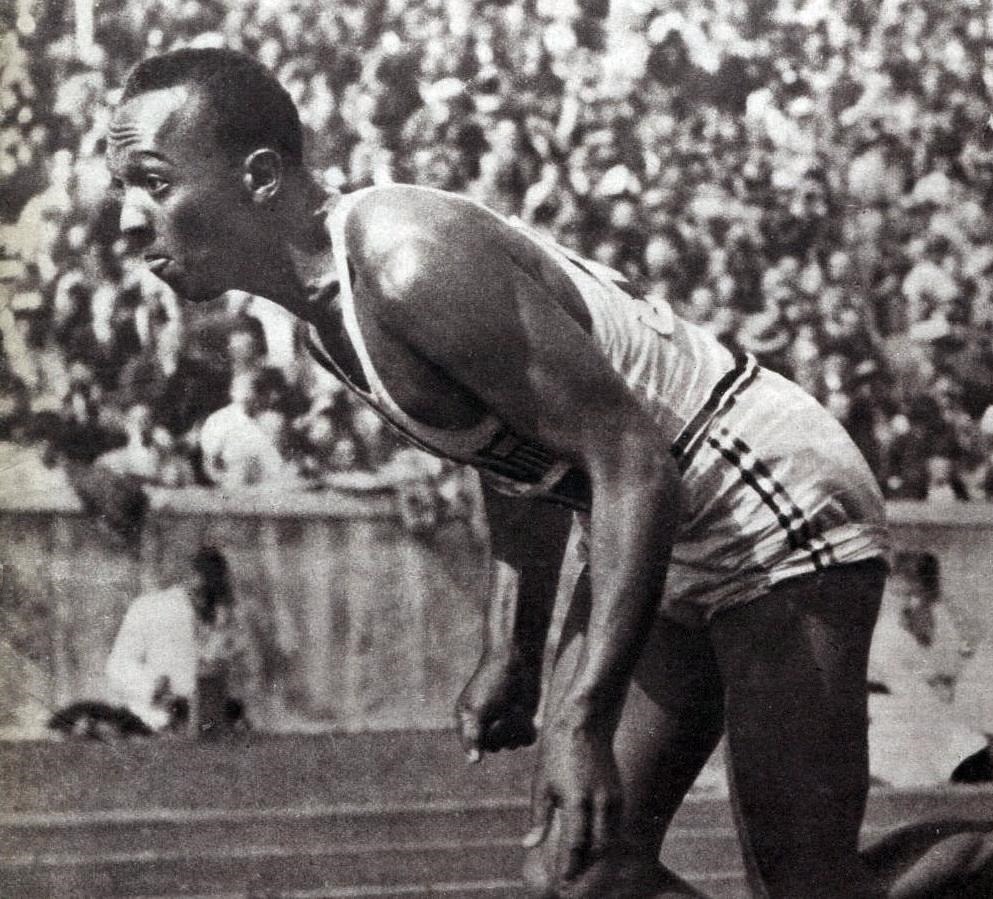Listen to Brenda tell the story
At the 1970 World Cup, the Brazilian soccer star Pelé motioned to the referee to stop the action just before kickoff so he could retie his shoe. At that moment, all eyes – and cameras – focused on his shoes. Pumas.
This was a calculated move and a triumphal moment for the owner of this German shoe company, catapulting it past its rival, Adidas, which just so happened to belong to the owner’s brother.
Germany has lots of experience with being split into parts. The country, its capital, and many of its companies were once divided – often resulting from their collaboration with the Nazis. This was true of chemical manufacturer IG Farben, which grew to be a giant conglomerate during WWII. The Allies broke it up into BASF, Bayer, and Hoechst in 1951. Shortly before the end of the war, Siemens began moving its headquarters from Berlin to Erlangen and Munich in Bavaria.
Politics and war led to these break-ups. But in the case of the break-up of the company that spawned Adidas and Puma, it was family politics.
The original company Gebrüder Dassler Schuhfabrik, the Dassler Brothers Shoe Factory, Geda for short, was launched in 1919. The brothers Rudolf and Adi Dassler founded and successfully ran it together for 30 years. Geda was so successful that gold medal winner Jesse Owens wore their shoes at the 1936 Berlin Olympics.
But despite its success, the Dassler Shoe Company split in 1948 into Puma and Adidas.
Nobody knows why, but some speculate that Rudolf believed that his brother Adi was at fault for getting him drafted to fight in WWII. He was also subsequently imprisoned briefly by the Allies. But I prefer another story that is laced with far more intrigue and drama: Their wives did not get along but still had to live in the same villa.
That certainly would be tough, having to live in the same villa with another millionaire. My skin crawls at the mere thought.
When Rudolf founded Puma in 1948, he initially named it Ruda, short for Rudolf. I guess the designers had a rough time coming up with a logo to match the name “Ruda.” The only thing that comes to mind is Ruder, the German word for rudder, pronounced the same way but woefully inappropriate for a shoe.
Both Adidas and Puma flourished; both signed deals with famous athletes. Muhammad Ali and Joe Frazier signed with Adidas and members of the Brazilian national soccer team signed with Puma, leading to the major publicity coup with the shoe-tying incident by Pelé.
After the split, Puma and Adidas remained in the same city. The river Aurach runs through the center of this town, Herzogenaurach; Puma’s factory was built in the south and Adidas’s in the north. They are the biggest companies there, typically employing at least one person from each family.
Until the death of both founders in the 1970s, the rivalry between the companies was deeply felt and lived by its employees. Townspeople were so famous for looking at each other’s shoes to determine their company affinity that they gained the nickname “neck benders.” People who worked for one company would have never dared to wear the shoes of the competition. Employees and families of the two competitors avoided speaking to each other and patronized separate stores and restaurants.
The deaths of the brothers did not end their rivalry. They are buried at opposite ends of Herzogenaurach’s cemetery. That makes fertile ground for some spooky stories – featuring ghosts wearing the appropriate shoes, of course, depending on which end of the cemetery you’re in.
But in the 1990s, when the heirs to the two companies withdrew their financial involvement, the rivalry between Puma and Adidas also subsided. Animosities amongst the townspeople have diminished, and the mayor of Herzogenaurach even went so far as to wear one Puma shoe and one Adidas shoe at an event to emphasize his impartiality.
Many family companies keep the money in the family. However, if there’s too much of it, perhaps it’s not a family that anyone would still want to be a part of.
Brenda Arnold
Photo of Jesse Owens: Le Miroir des sports, Public domain, via Wikimedia Commons
Also interesting:
Land of the free, home of the waste
Belt out “Walk the Line” all you want, but walking in the U.S. is not an option
Give us our daily bread, but please let it be German
